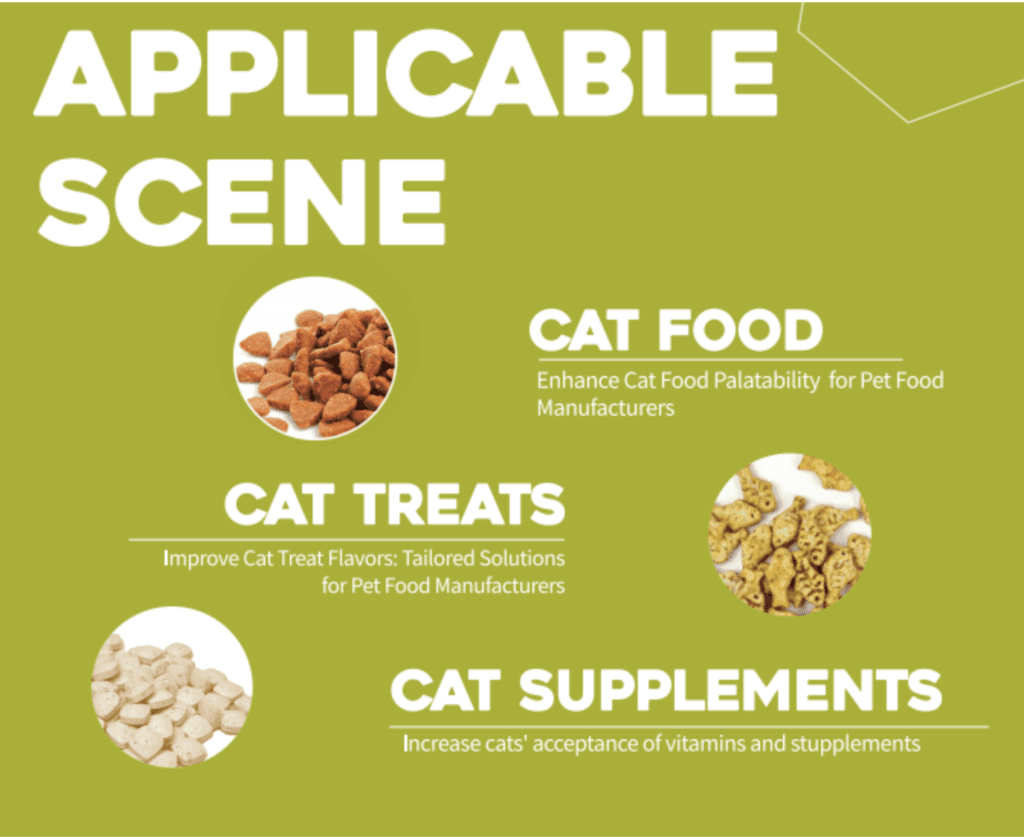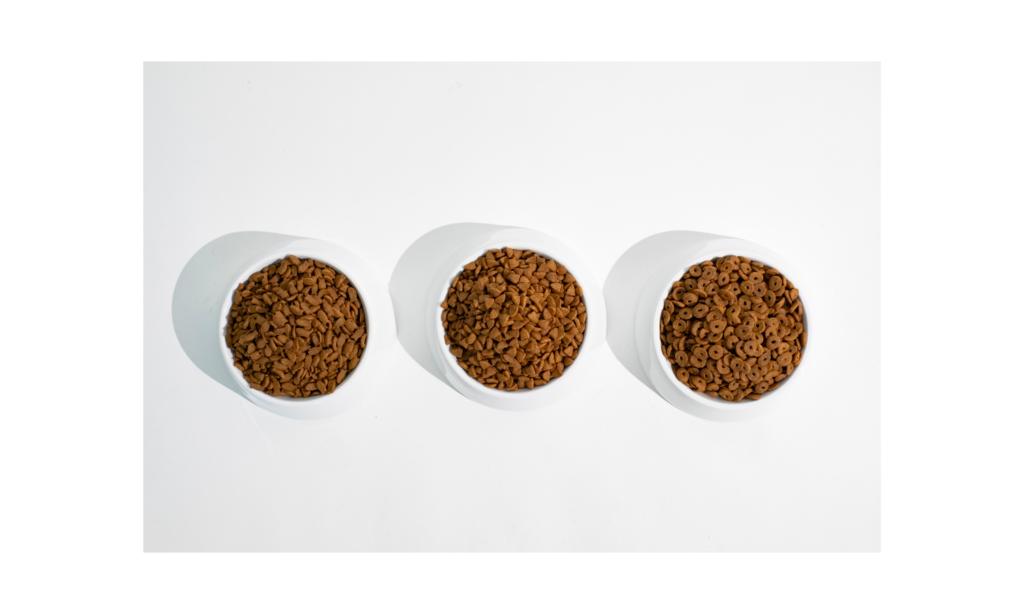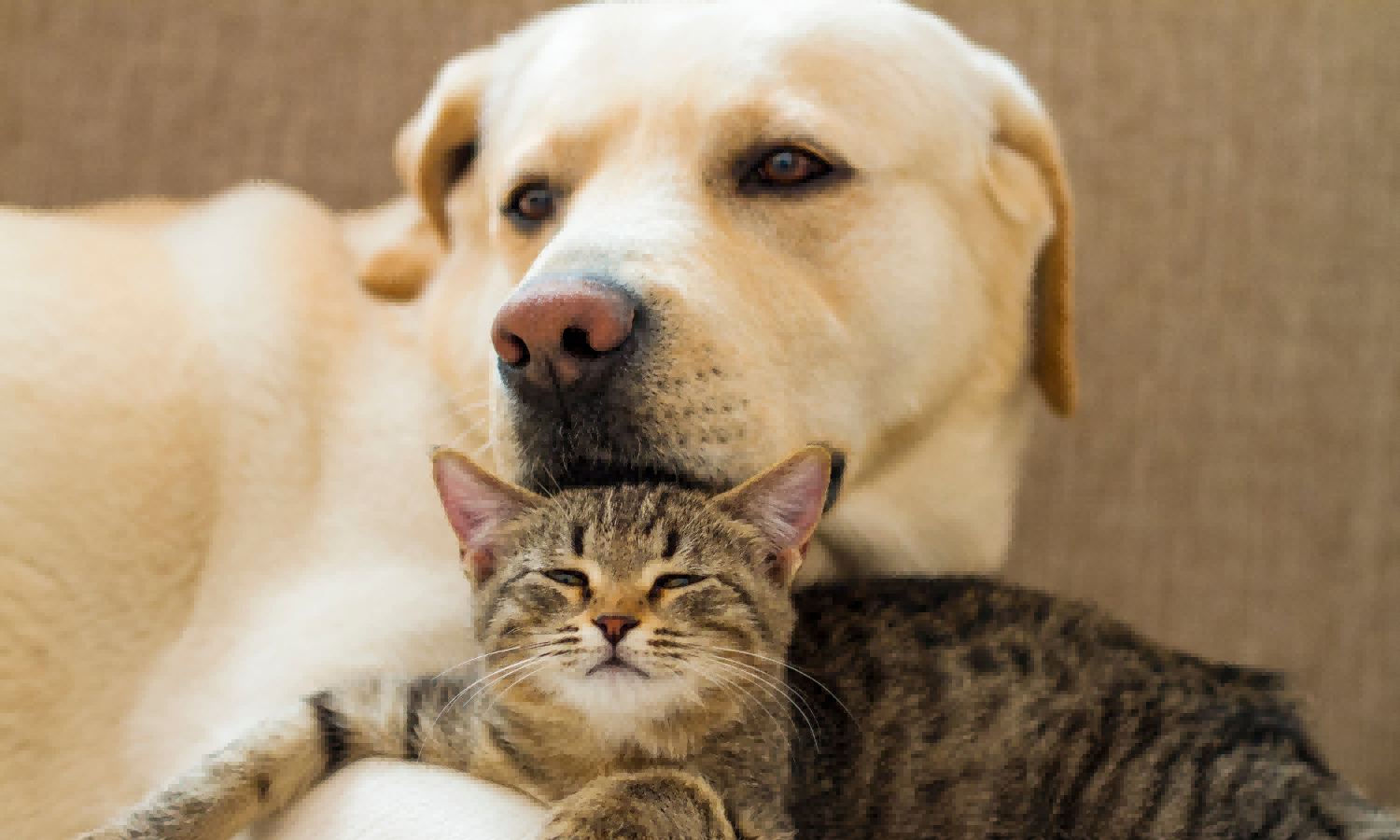Pet Food Palatability
Unlocking the Secrets to Making Pet Food Irresistible
When it comes to our furry friends, we all want the best for them—especially when it comes to their diet. But have you ever wondered what makes pet food so appealing to cats and dogs? Let’s dive into the fascinating world of pet food palatants and discover how manufacturers create those tail-wagging, purr-inducing meals.
Introduction: The Importance of Palatability in Pet Food
As pet owners, we know the struggle of finding the perfect food that our pets not only tolerate but genuinely enjoy. Palatability isn’t just about making food taste good; it’s about ensuring pets receive the necessary nutrients by encouraging consistent eating habits. A highly palatable diet can lead to better health outcomes, increased energy levels, and overall happiness for our pets.

What Are Pet Food Palatants?
Pet food palatants are flavor enhancers added to pet food to make it more appealing to pets. They play a crucial role in pet food manufacturing, ensuring that the food is not only nutritious but also irresistible. Palatants can be derived from natural sources like meats and vegetables or created synthetically to mimic certain flavors and aromas.
Key Functions of Palatants:
- Enhance Flavor and Aroma: Stimulate pets’ senses to encourage eating.
- Improve Nutrient Intake: Ensure pets consume the full nutritional content of the food.
- Increase Acceptance of New Foods: Help pets transition to new diets smoothly.

The Science Behind Palatability
Understanding how pets perceive taste and smell is essential in creating effective palatants.
1. Taste Perception in Pets:
- Dogs: Have around 1,700 taste buds (humans have about 9,000). They can detect sweet, sour, salty, and bitter tastes but rely heavily on their sense of smell.
- Cats: Have approximately 470 taste buds and lack the ability to taste sweetness. They are more sensitive to bitter and acidic flavors.
2. Olfactory Importance:
- Both cats and dogs have a highly developed sense of smell.
- Aroma plays a significant role in food acceptance.

3. Texture and Mouthfeel:
- The texture of food affects palatability.
- Crunchiness or softness can influence a pet’s preference.
The Role of Palatability Enhancers
Palatability enhancers are added to pet foods to:
- Increase Attractiveness: Make the food more appealing through flavor and aroma.
- Mask Unpleasant Tastes: Hide the taste of certain nutrients or medications.
- Improve Shelf-life: Some palatants also act as preservatives.

Common Types of Palatability Enhancers:
- Animal Digest: Enzymatically broken-down animal proteins.
- Hydrolyzed Proteins: Proteins broken down into smaller peptides.
- Natural Extracts: Such as yeast or liver extracts.
Behind the Scenes: Manufacturing Pet Food Palatants
Creating effective palatants is a sophisticated process that combines science and technology.
1. Ingredient Selection:
- Quality Raw Materials: Sourced from trusted suppliers.
- Sustainability: Ethical sourcing practices are increasingly important.

2. Formulation Development:
- Flavor Profiling: Developing flavors that appeal to pets.
- Aroma Enhancement: Using compounds that stimulate pets’ olfactory senses.
3. Production Process:
- Enzymatic Hydrolysis: Breaking down proteins to release flavors.
- Maillard Reaction: A chemical reaction that enhances flavor and color.
4. Testing and Validation:
- Palatability Trials: Feeding tests to assess acceptance.
- Analytical Testing: Ensuring consistency and quality.
Quality Control and Safety Measures
Ensuring the safety and efficacy of palatants is paramount.
- Regulatory Compliance: Adhering to guidelines set by organizations like the FDA and AAFCO.
- Microbial Testing: Preventing contamination by harmful bacteria.
- Allergen Management: Identifying and labeling potential allergens.

Trends and Innovations in Pet Food Palatants
The pet food industry is constantly evolving to meet the demands of pets and their owners.
1. Natural and Organic Palatants:
- Increased demand for clean-label ingredients.
- Use of organic meats and plant-based extracts.
2. Customized Nutrition:
- Palatants tailored to specific breeds, ages, or health conditions.
- Functional palatants that support dental health or digestion.
3. Sustainability Initiatives:
- Utilizing by-products to reduce waste.
- Developing palatants from alternative proteins like insects.
ProfyPet: Leading the Way in Palatant Innovation
At the forefront of these advancements is ProfyPet, a renowned pet food palatants manufacturer dedicated to creating high-quality palatability enhancers. With a focus on research and development, ProfyPet offers innovative solutions that meet the evolving needs of pet food manufacturers.

Why Choose ProfyPet:
- Expertise: Years of experience in palatant technology.
- Quality Assurance: Strict quality control measures.
- Customized Solutions: Tailored palatants for unique applications.
Discover more about how ProfyPet can enhance your pet food products by visiting profypet.com.
Conclusion: The Future of Pet Food Palatability
Understanding the science and craftsmanship behind pet food palatants sheds light on the meticulous efforts taken to ensure our pets enjoy their meals. As the industry continues to innovate, we can expect even more exciting developments that cater to the health and happiness of our beloved companions.
Meta Description (30 words):
Explore the secrets behind pet food palatability and how palatants make pet food irresistible. Discover insights for pet food manufacturers from leading experts at ProfyPet.
References
- Understanding Pet Food Palatability
- The Role of Palatants in Pet Food
- Advancements in Pet Food Flavorings
For pet food manufacturers and wholesalers looking to enhance their products’ appeal, partnering with a trusted palatant supplier is key. ProfyPet offers cutting-edge solutions to elevate your pet food offerings. Learn more at profypet.com.













